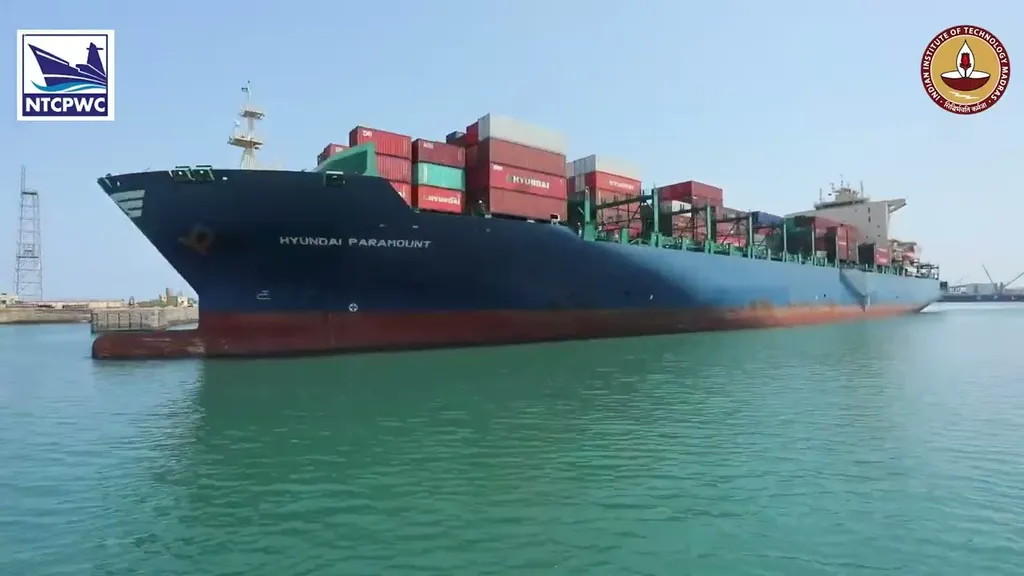India has taken a significant step toward maritime independence with the deployment of its first Indigenous Vessel Traffic Management System (VTMS) at Vizhinjam International Seaport in Kerala. Developed by the National Technology Centre for Ports, Waterways and Coasts (NTCPWC) at the Indian Institute of Technology Madras (IIT Madras), the system marks a departure from foreign reliance and a leap toward strategic self-sufficiency.
The VTMS, designed to meet the specifications outlined by the Ministry of Ports, Shipping and Waterways (MoSPW), provides India with complete control over source code, databases, and all critical aspects of the solution. This eliminates the risks associated with data leaks and dependency on foreign vendors. The system’s deployment at Vizhinjam, inaugurated by Prime Minister Narendra Modi on May 2, 2025, is just the beginning. Discussions are already underway to extend its reach to two additional ports on the western coast, showcasing its scalability and adaptability.
Prof K Murali, Head of NTCPWC, IIT Madras, emphasised the strategic importance of the project: “An indigenous system eliminates the risk of a leak of strategically important data on vessel movement. It also enables fast-tracking of innovations to provide appropriate solutions to various challenges while reducing operational and financial risks associated with private vendors.”
The VTMS is not just a technological marvel but also a cost-effective, secure, and easily maintainable system. It fosters a skilled workforce equipped with advanced knowledge, further strengthening India’s maritime security and operational independence. By retaining full technical know-how within the country, India is positioning itself as a leader in indigenous maritime technology.
This innovation by IIT Madras is a game-changer, paving the way for wider deployment across ports nationwide. It underscores India’s commitment to reducing dependency on imported systems and highlights the potential for indigenous solutions to drive the future of maritime technology. As the system evolves, it will incorporate global best practices, ensuring that India remains at the forefront of maritime innovation and security.

